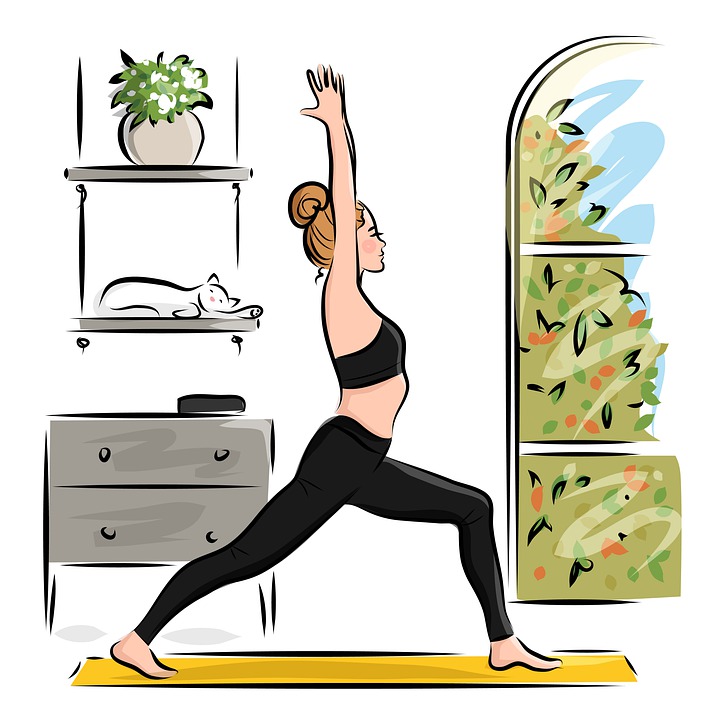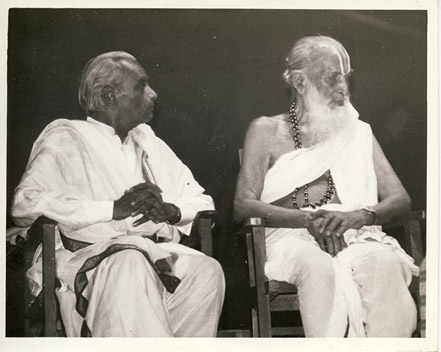
Hypothyroidism yoga could be the right choice if you're looking for a way to improve your thyroid condition. Yoga benefits are vast and can help all aspects of your life. It is safe and effective for improving thyroid function. These asanas are good for hypothyroidism. These are the three most effective asanas for hypothyroidism.
Sarvangasana
Sarvangasana can help hypothyroidism sufferers. This pose is often called "Queen Of Asanas" and revitalizes the blood flow. It also regulates metabolism and is very beneficial for thyroid health. Halasana is also known as Plow Pose. This yoga position stretches the neck, stimulates the thyroid and promotes flexibility. Plow Pose is beneficial for hypothyroidism sufferers, however it should be avoided as it can stimulate the production of thyroid hormones.
Hypothyroidism patients should attempt the shoulder standing or sarvangasana pose. This asana places pressure on the thyroid gland, increasing its efficiency. It will also help to relieve anxiety and stress which can cause hypothyroidism. You will feel calmer and more relaxed when you do this pose. Sarvangasana works well for hypothyroidism.

Ustrasana
Ustrasana yoga is one of the best methods to treat hypothyroidism. This pose is also known as the "camel pose". This posture stimulates the thyroid gland by improving blood circulation. To do the pose, squat on your stomach and bend your neck. While sitting, reach back and touch your heels with your hands. This pose should be held for several seconds. Slowly lower your body to the floor, and then repeat the process as many times as you can.
Wheel pose, also known gentle neck twists, is the second asana you can do to treat hypothyroidism. To do this, lie on your back, bend at the knees, and lift your heels off the ground. In this position, you can stretch your neck, throat, and entire spine. Your hands should be on the ground with your fingers pointed toward your shoulders.
Halasana
Halasana yoga can help with hypothyroidism. This exercise can promote healthy circulation to the thyroid gland and relieve neck tension. These yoga poses can help improve the health of your spine, abdominal muscles, and overall wellbeing. They can be beneficial for hypothyroidism. But, they should be avoided if you're pregnant or have been injured. Although this is a difficult asana, it is recommended that you start a yoga practice to help with hypothyroidism.
Breathe deeply and hold the pose for several minutes. Keep doing this several times. It will increase the production of thyroid hormones. Another important aspect of Halasana yoga for hypothyroidism is the strengthening of the abdominal muscles. The increase in blood flow to the thyroid gland will make you feel more energetic, and also less fatigued. This exercise can improve memory power. If you have lumbago, it is best to avoid this pose.

Urdhva Dhanurasana
Yoga is a great option for those suffering from hypothyroidism. This inverted version of the standard Dhanurasana poses is a good place to start. The body is elevated from its waist and neck to a sitting position to stimulate the thyroid. This position has many benefits including strengthening the abdominal muscles. It also improves blood flow to thyroid gland.
Performing the pose correctly can help reduce hypothyroid symptoms. First, you need to make sure that the muscles around your neck and shoulders are flexible. If your arms are too tight, you can place a strap around your shoulders to help increase range of motion. In addition, keep your feet parallel. To help prevent your feet from turning out while in this position, you could use blocks. Place the blocks at the ends of your thighs, and then press your feet into these blocks.
FAQ
Which is the best order to exercise?
It all depends what you want. First, lift heavy weights if you are looking to increase muscle mass. Then you can move to cardio. You can then go to strength training if your goal is to lose weight.
Cardio can be done if you want to just lose fat. You can then add strength training.
Cardio is the best way to build muscle mass.
Eat before you go to the gym. You will be able to give your muscles more fuel so they can work harder. This will make you feel better while working out.
How quickly can I transform my body?
The first step is to change your mind. First, you must decide to make a change.
Once you have decided you want to make changes, you will need to commit to your fitness goals at least for 3 months.
Then, find a program to fit your life.
Also, you need to set realistic goals. If you are not ready to dedicate the time and effort to reach your goal, do not spend money on a gym.
Instead, make use of your time outdoors.
Walk around your block for an hour every day to burn calories and help you lose 1 lb per month.
Now that you have an idea of what you want, start planning how to arrange your life to follow this plan.
This means that you should schedule time for exercise every morning before heading to work, and allow yourself to take breaks throughout the day.
You should also reward yourself for reaching milestones. You could buy accessories or clothes that reflect your achievements.
Does weightlifting burn more fat than other forms of exercise?
Weight lifting does burn fat faster, but only if you combine it with cardio workouts.
It is important to do weightlifting right after cardio exercise in order to reap the full benefits.
Weightlifting is a good way to lose weight. It increases your heart beat and oxygen consumption.
However, if you don't combine it with cardio you won't see any significant changes to your body composition.
Is it true, that too much protein can cause kidney stones?
Protein is essential for healthy bones and tissue. However, too much protein can result in calcium excretion through the urine. This can lead to kidney stone formation.
It is important to keep in mind that not everyone will develop kidney stones if they consume more protein than 2 grams per kilogram (2.2lbs). Some people can eat high amounts of protein without getting kidney stones.
Your sodium intake can prevent kidney stone formation. Sodium regulates the body's water balance. Too much sodium can lead to kidney stones.
You can also try reducing your protein intake if you get kidney stones. Protein provides about half of the daily caloric needs for most adults. If you cut back on protein, you'll likely lose weight.
If you do decide to eat more protein, don't go overboard. Limit your intake to 20% of your total daily protein intake.
How can I lose weight by avoiding certain foods?
Trans fats should be avoided. Trans fats raise LDL (the bad) cholesterol levels and reduce HDL (the good) cholesterol levels.
Trans fats are commonly found in fast food, deep-fried and packaged baked goods as well snack cakes and other processed foods.
These unhealthy fats cause inflammation which leads to heart disease, diabetes, and other health problems.
Avoid foods that are sweetened with artificial sweeteners. Artificial sweeteners increase the risk of getting cancer.
These chemicals can be found in soft drinks, chewing gum, and candy bars. They appear in many other foods, including meat, poultry, fish, and eggs.
Artificial sweeteners can be saccharin or cyclamate, sucralose, sorbitol or aspartame.
The American Heart Association recommends avoiding these chemicals because they may damage DNA in cells.
Statistics
- Candidates and applicants must pass all four tests at 70% (minimum level) to graduate from Basic Deputy U.S. Marshal (BDUSM) Training. (usmarshals.gov)
- An estimated calorie range for moderately active adult males falls between 2,200 to 2,800 calories per day, depending on age. (eatright.org)
- By John Thompson Take a whopping 38% off a set of PowerBlock Pros. (menshealth.com)
- Get free shipping and 25% off today. (healthline.com)
- According to the American Heart Association, blood pressure should be checked at least once every two years, beginning at age 20. (my.clevelandclinic.org)
External Links
How To
What should I have before I go to the gym?
For weight loss, you should eat fewer calories per day than you burn during exercise. You should also consume all nutrients.
This includes protein, carbohydrates, fats, and vitamins.
You can do this by eating smaller meals throughout your day instead of three large ones.
Working out if you are hungry can cause you to perform poorly.
Water is better than energy drinks that contain sugar and caffeine. This keeps you hydrated and energized.
However, make sure you are consuming enough fluids. Too much water can dilute your electrolytes.
Your body needs electrolytes for proper functioning.
You could also drink sports drinks if water is scarce. They are high in potassium, sodium, calcium, magnesium and other minerals.
These help replenish electrolytes lost through sweating. But they won't replace what your body has lost due to sweating.
Multivitamins can help you avoid salt loss from exercise if you are worried.
These include extra vitaminB6, which regulates your body's sodium level.
However, you shouldn't rely on supplements if you don't know how much salt you're getting from food and beverages.
They aren’t controlled by the Food and Drug Administration.
For example, some brands of sports drinks can contain more sodium than others.
Some sports drinks may even contain artificial sweeteners or preservatives. These ingredients could cause digestive problems.
You could use sea salt if you are concerned about taking too much salt.
It contains fewer chemicals then table salt.
Sea salt has a low level of iodine. It is an additional mineral required for healthy thyroid function.